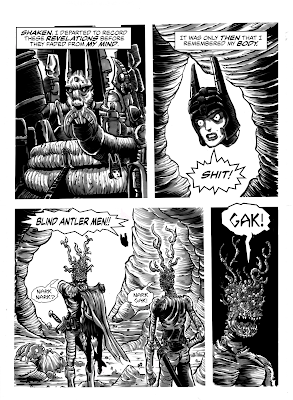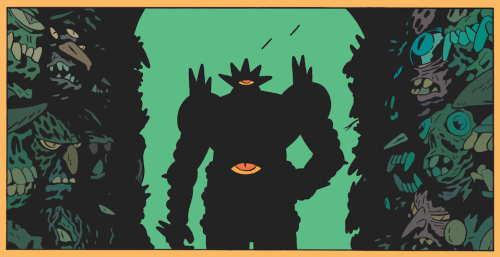The Halloween season is upon us, and if that puts you in the mood for a horror-comedy about kids who seem a bit old to have babysitters in bloody confrontation with said babysitters, then there are options available for streaming. Before I go into details, I have to warn you that discussion of these films necessitates some spoilers, so if you are particularly adverse, the bottom line is both Better Watch Out and The Babysitter (2017) are worth checking out.
(here we go...)
Better Watch Out is also a Christmas film, and it suggests that Home Alone might have a lot to answer for. Precocious 12 year-old Luke and his medicine-cabinet raiding, bad influence best friend, Garrett seem to have learned its lessons in mayhem well. At first, though, all we know is that Luke has high hopes of seducing his 17 year-old babysitter, Ashley, involving watching horror films. Before his clumsy efforts get too far, there is apparently a home invasion, but all is not as it seems. Suffice it to say, Ashley spends a night trying to escape a pre-teen sociopath amid some gruesome deaths and a few booby traps.
The Babysitter is directed by the infamous McG and is consequently more over-the-top than Better Watch Out, and bit more farcically humorous. Here, the 12 year-old is Cole, who is bullied by neighbors and suffers from anxiety about almost everything, but he does have a very attractive and almost preternaturally cool babysitter, Bee, who genuinely seems to enjoy spending time with him. The downside is that Bee is the leader of a Satanic cult and she and her cult of evil high school stereotypes have sacrificed a guy in Cole's living room after a game of spin the bottle. Cole must find his courage to make it through the night, and in the process deliver improbable and occasionally gory cinematic deaths to the Satanic teens.
So you've got choices: evil charge or evil babysitter. Then again, you could just make it a double feature.
53 minutes ago


























































